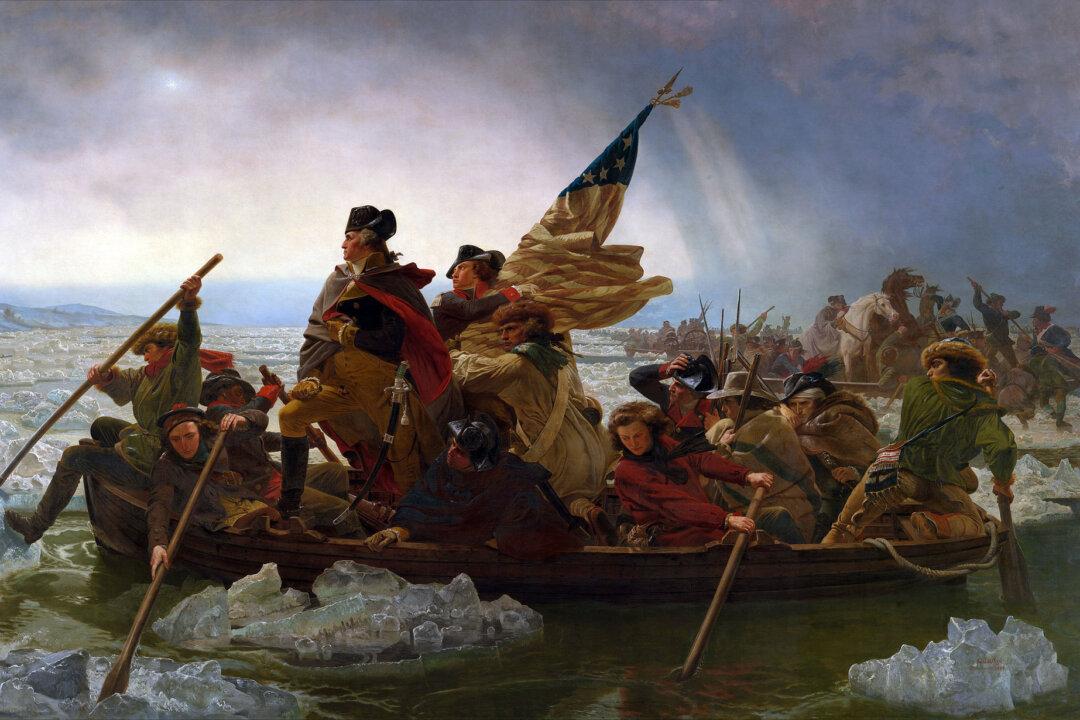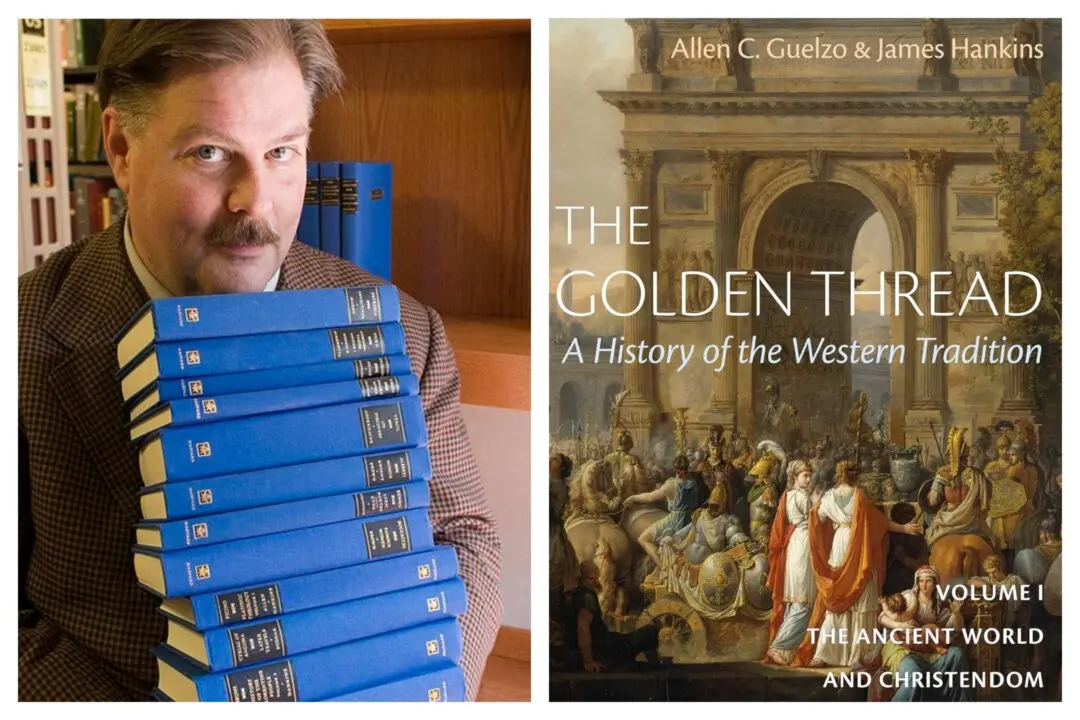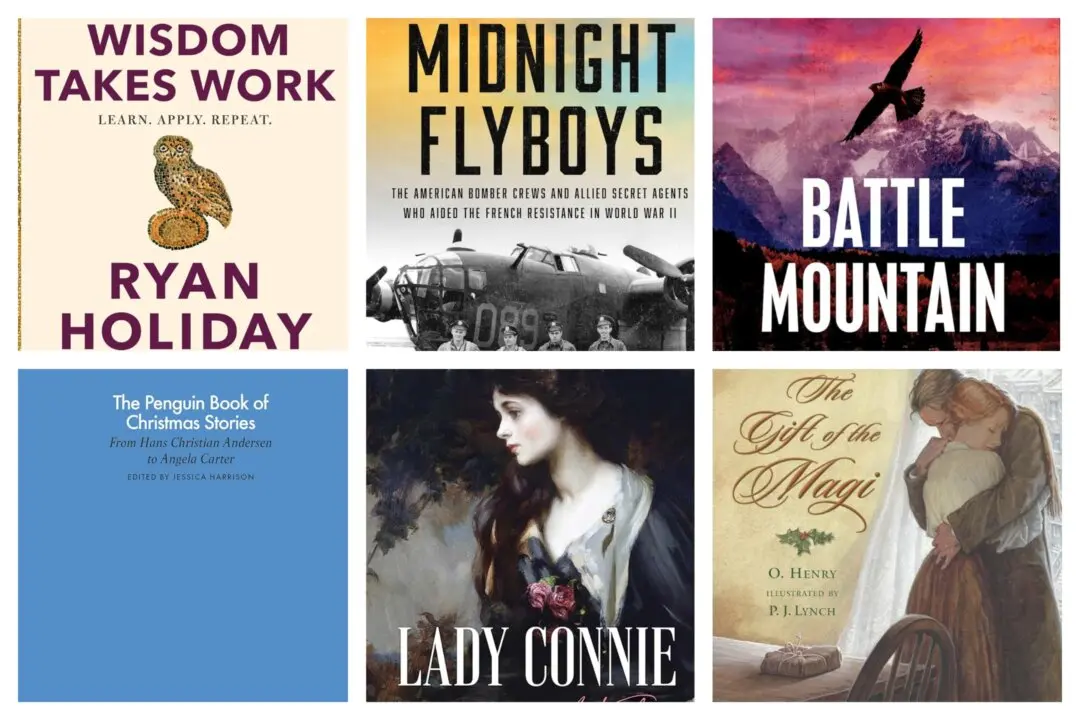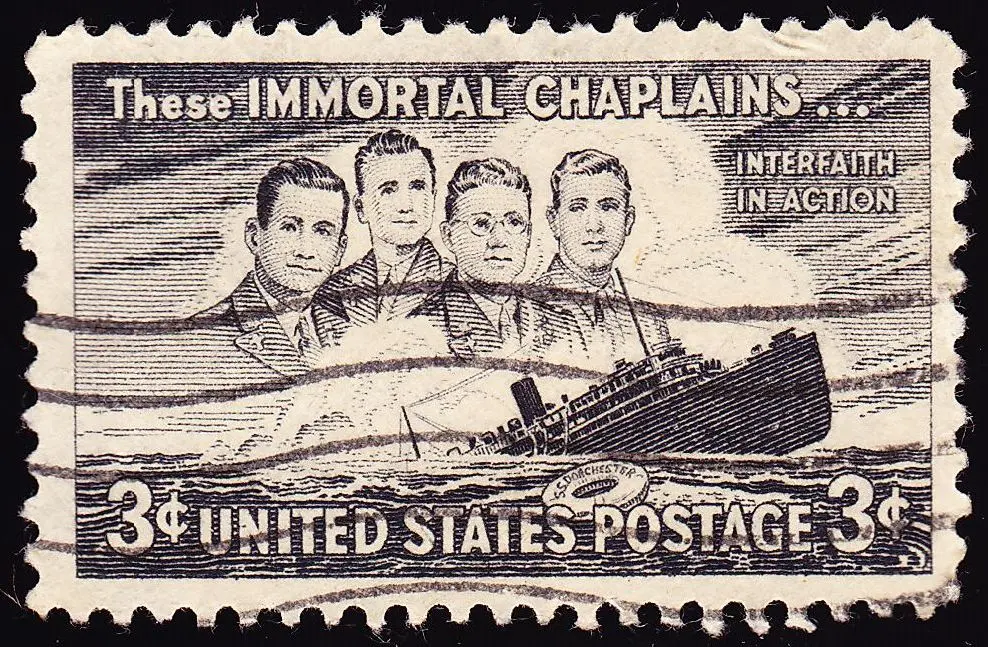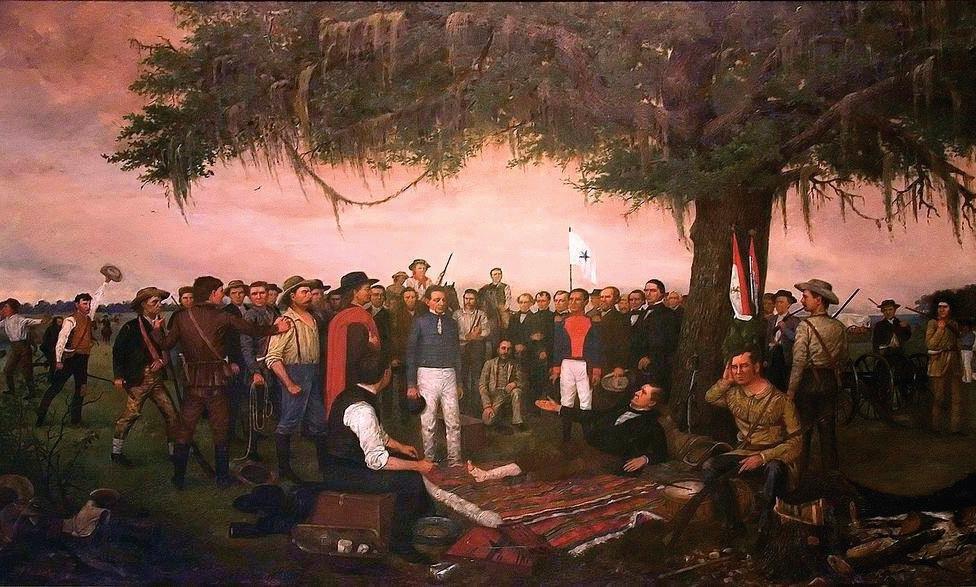To many Americans, Presidents Day brings the luxury of a three-day weekend and the chance to snooze late on a Monday morning or lounge around the house in pajamas until noon. For consumers, this federal holiday features some of the best deals of the year, with brick-and-mortar retailers and online outfits both looking to clear their inventories on big ticket items such as appliances, mattresses, and electronic devices.
With no special obligations attached to this holiday and with many kids off from school, Presidents Day is also a great time to have some fun while learning more about our country’s chief executives and our history. A multitude of online resources are on hand to help young and old make the most of this celebration.

